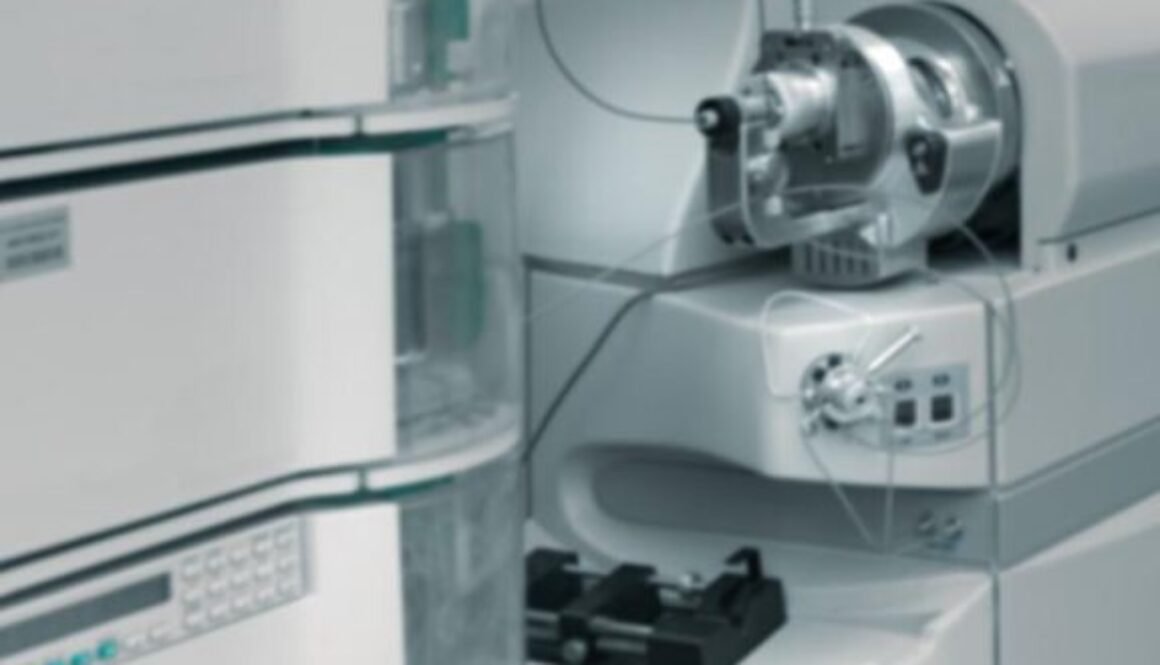ANALYTICAL METHOD FOR THE DETECTION OF GLUCOSE OXIDASE
TO ORDER GLUCOSE OXIDASE CONTACT VIA WHATSAPP – +91-8090113353 OR VIA EMAIL – info@rass-biosolution.com

In modern biochemistry and medical research, detecting enzymes such as glucose oxidase plays a crucial role in understanding various metabolic processes. Glucose oxidase (GOx) is an enzyme that catalyzes the oxidation of glucose, producing hydrogen peroxide as a by-product. It is widely used in biosensors, food processing, and even in clinical diagnostics. Accurate detection of glucose oxidase is vital for applications ranging from diabetes monitoring to quality control in food products.
In this blog post, we will discuss the method for glucose oxidase detection, focusing on analytical techniques commonly used in laboratories and industrial settings. These methods help researchers and manufacturers ensure precise enzyme activity and functionality.
What is Glucose Oxidase?
Glucose oxidase is a naturally occurring enzyme typically found in fungi and certain bacteria. Its primary function is to catalyze the oxidation of glucose to gluconolactone, which is then converted to gluconic acid. This process also produces hydrogen peroxide, a by-product that plays a significant role in the detection methods.
The enzyme is of great interest due to its widespread use in biosensors for glucose monitoring, particularly in the medical field. Glucose oxidase is essential in the development of glucose test strips and continuous glucose monitoring systems used by individuals with diabetes.
Analytical Methods for the Detection of Glucose Oxidase
Detecting glucose oxidase with high sensitivity and accuracy requires specialized techniques. Below are some of the most commonly used methods for glucose oxidase detection:
1. Colorimetric Methods
Colorimetric detection methods are among the most widely used techniques for glucose oxidase detection. These methods rely on a color change as a result of a chemical reaction involving the enzyme’s by-product, hydrogen peroxide. Typically, the hydrogen peroxide produced by glucose oxidase is detected through a chromogenic substrate. The reaction leads to the formation of a colored compound, whose intensity can be measured using a spectrophotometer.
Process: The enzyme reacts with glucose in the presence of oxygen, producing hydrogen peroxide. This hydrogen peroxide is then used to oxidize a substrate, which results in a color change. The intensity of this color change is directly proportional to the concentration of glucose oxidase.
Applications: Colorimetric methods are popular in both research laboratories and commercial testing kits for glucose monitoring, especially for applications where quick and straightforward analysis is required.
2. Electrochemical Detection
Electrochemical methods are gaining popularity for glucose oxidase detection due to their high sensitivity, rapid response time, and ability to provide real-time monitoring. In this method, the reaction between glucose and glucose oxidase produces hydrogen peroxide, which is then detected using an electrochemical sensor.
Process: The hydrogen peroxide produced by glucose oxidase is electrochemically oxidized or reduced at an electrode surface. This electrochemical reaction generates a current that is proportional to the concentration of glucose oxidase.
Applications: This method is widely used in glucose biosensors, such as those found in diabetic glucose monitoring systems. It allows for continuous, real-time glucose detection, making it an essential tool for managing blood sugar levels.
3. Fluorescent Detection
Fluorescent methods offer high sensitivity and selectivity for detecting glucose oxidase. These methods involve the use of fluorescent probes that emit light when exposed to specific wavelengths. The enzyme activity is detected based on the fluorescence signal produced during the reaction.
Process: Glucose oxidase catalyzes the oxidation of glucose to gluconolactone and hydrogen peroxide. The hydrogen peroxide reacts with a fluorogenic compound, leading to the emission of fluorescent light. The intensity of this fluorescence is measured and correlated with the amount of glucose oxidase present.
Applications: Fluorescent detection is commonly used in research environments where high sensitivity and low detection limits are essential. It is also used in laboratory-based diagnostic kits and in the study of enzyme kinetics.
4. Chromatographic Methods
Chromatographic techniques, such as high-performance liquid chromatography (HPLC), can also be used for detecting glucose oxidase activity. These methods involve separating the products of the glucose oxidase reaction and analyzing them based on their chemical properties.
Process: After glucose oxidase acts on glucose, the resulting products (such as gluconic acid and hydrogen peroxide) are separated using a chromatographic column. Detection is achieved by measuring the concentration of these products using various detectors (e.g., UV-visible spectrophotometry).
Applications: Chromatographic methods are particularly useful for precise, detailed analysis of the glucose oxidase reaction products. They are commonly used in research to study enzyme behavior or for validating the activity of glucose oxidase in industrial applications.
Why is Glucose Oxidase Detection Important?
Accurate detection of glucose oxidase is crucial for several reasons:
Medical Diagnostics: In clinical settings, glucose oxidase is used in glucose biosensors, which are essential for monitoring blood glucose levels in diabetic patients. Precise detection of glucose oxidase ensures that these biosensors provide accurate readings, improving the quality of life for those managing diabetes.
Food and Beverage Industry: Glucose oxidase is also used in the food industry, particularly in the production of high-quality bread and beverages. Monitoring glucose oxidase activity ensures proper fermentation and consistency in the final product.
Research: In scientific research, detecting glucose oxidase helps researchers study enzyme kinetics, metabolic pathways, and the role of enzymes in various biological processes.
Conclusion
The method for glucose oxidase detection plays a vital role in many industries, from medical diagnostics to food production. Whether using colorimetric, electrochemical, fluorescent, or chromatographic techniques, detecting glucose oxidase allows for accurate monitoring and quality control. By choosing the right detection method, industries and researchers can ensure the optimal performance of glucose oxidase-based applications, leading to improved health outcomes and product quality.
Incorporating these advanced methods into routine testing ensures that glucose oxidase remains a reliable tool in both clinical and industrial settings, improving accuracy and efficiency in a variety of applications.
At Rass Biosolution, we provide solutions to help you with accurate glucose oxidase detection, whether for medical, industrial, or environmental purposes. Explore our services and products to find the right fit for your needs.
